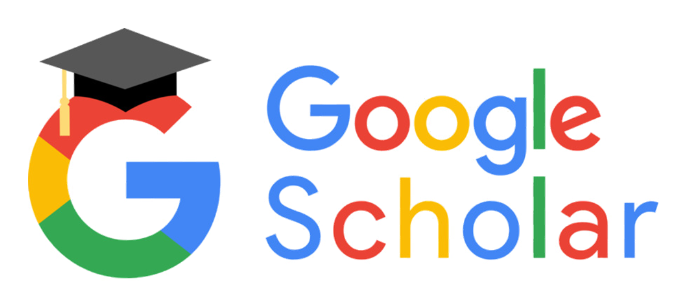Penerapan LKPD Berbasis Pictorial Riddle dengan Model Pembelajaran Inkuiri Terbimbing untuk Meningkatkan Kemampuan Representasi Siswa
Abstract
In the current era, the ability to represent is one of the most important abilities for a person to have. Representation skills are very necessary because they are the basis for thinking and building concepts, and can be applied for problem solving. Even though it is very important, several studies show the low ability of students. Therefore, this research was carried out with the aim of describing the implementation of learning, increasing representation abilities, and student responses after implementing pictorial riddle-based LKPD with a guided inquiry learning model. This research uses a quasi-experimental type with a nonequivalent control group design. This research was carried out at SMAN 1 Sukodadi with subjects in class XI A1 as the experimental class and XI A2 as the control class. Both classes were given the same pretest-posttest questions with different treatments. Next, the student test results were analyzed using the T-Independent test with the condition that a normality test and homogeneity test were carried out, then the N-gain calculation was carried out. The results of this research were that the percentage of learning implementation in the three consecutive meetings was 96.67%, 99.24%, and 100%, the N-gain score for the experimental class was 0.76 while the control class was 0.60, and the percentage of student responses was 85.21%. So it can be concluded that the implementation of learning has very good criteria, the application of pictorial riddle-based LKPD with a guided inquiry learning model is able to produce an increase in representation skills that are more effective than just applying guided inquiry, and student responses have very good criteria.
Downloads
Downloads
Published
How to Cite
Issue
Section
License
This work is licensed under a Creative Commons Attribution-NonCommercial 4.0 International License (CC BY-NC 4.0).
Authors retain the copyright and full publishing rights of their articles without restriction. By submitting and publishing in this journal, the author grants the journal the non-exclusive right to publish and distribute the article, provided that proper attribution is given and the use is non-commercial.
To view a copy of this license, visit https://creativecommons.org/licenses/by-nc/4.0/
 Abstract views: 162
,
Abstract views: 162
, PDF Downloads: 86
PDF Downloads: 86




